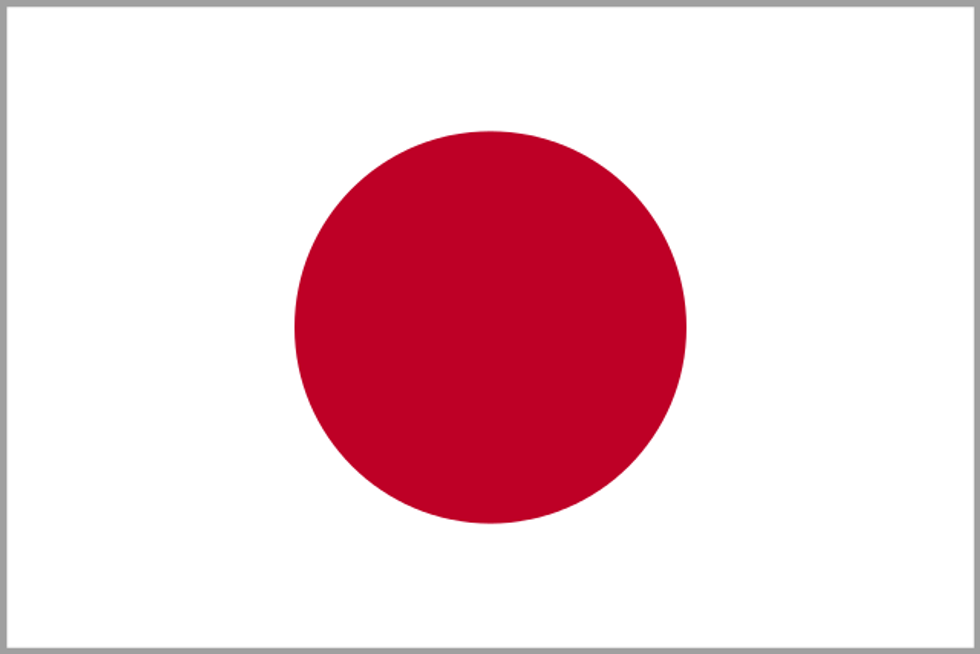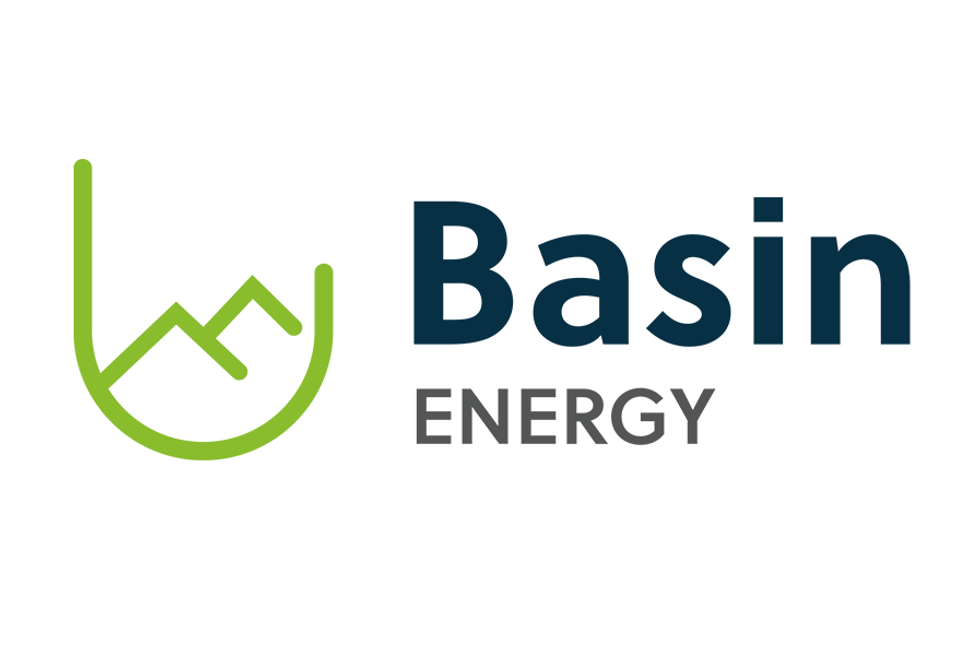News surfaced recently that Tokyo Electric Power, or TEPCO, which has not consumed uranium since the 2011 Fukushima nuclear crisis, is planning to sell part of its uranium stockpile during its 2015 fiscal year in an effort to cut costs. The sale could add 6.56 million pounds of U3O8 equivalent to the spot market.

The uranium spot price is closely tied to nuclear power plant restarts in Japan. However, it’s now looking like a Japanese utility company’s uranium stockpile sale could be another factor to rock the market.
News surfaced recently that Tokyo Electric Power (TSE:9501), or TEPCO, which has not consumed uranium since the 2011 Fukushima nuclear crisis, is planning to sell part of its uranium stockpile during its 2015 fiscal year in an effort to cut costs. The sale could add 6.56 million pounds of U3O8 equivalent to the spot market, according to Cantor Fitzgerald’s Rob Chang.
As of March 31, TEPCO had 17,570 tonnes of uranium, but that amount is expected to increase to 19,317 tonnes by the end of this fiscal year due to supply contracts. The company plans to restart its Kashiwazaki-Kariwa plant by October of this year, and intends to use most of its stockpile to power that. However, TEPCO has said that the current stockpile is capable of feeding the plant for 10 years. As a result, it will likely return some of its uranium to suppliers or “pay for the costs of uranium enrichment in kind, while it will also consider terminating uranium purchase contracts and reducing purchase volumes to streamline its business.”
That might sound negative, but Chang said in a note that the addition is being viewed as a “one-off necessary move by a struggling utility as opposed to a sign of widespread inventory dumping from Japan.” He also said that despite TEPCO’s restart and the other expected restarts in Japan, he still foresees an unavoidable supply deficit occurring in 2020.
“With primary supply at the mine level already notably below current demand levels (145 million pounds versus 172 million pounds in 2014), few new mines coming online within the next five years, long term all-in sustaining costs at US$80/lbs., and about 15- to 20-percent of global requirements becoming uncovered in 2016-2017, we believe uranium will need to undergo dramatic price increases to incentivize supply to meet demand – otherwise the world will have inactive nuclear reactors and an electricity shortage,” Chang states in his note.
Other news from Japan
The TEPCO announcement isn’t the only interesting news to come out of Japan lately. At its regular meeting on May 13, Japan’s Nuclear Regulation Authority confirmed it will examine the Takahama-1 and -2 plants, which are owned and operated by Kansai Electric Power (TSE:9503). The plan is to look at the possibility of extending their operating lifetimes.
The stations’ lives are currently set at 40 years, but will be extended by an additional 20 years each if Kansai’s extension applications are approved. The two units have already received extensions on their operating lives through to July 16, 2016 — that’s despite the fact that one unit has already exceeded its 40-year operating life, while the second will reach its 40-year mark this coming November.
Dundee Capital Markets included this announcement in its Uranium Weekly newsletter and notes that while it’s normal course for a reactor’s life to be extended from 40 to 60 years, it considers this case to be intriguing.
“These two Takahama 1 and 2 reactors are interesting, however, as they follow on the restart applications for the Takahama 3 and 4 reactors currently under injunction in Fukui Prefecture. Shows how positive Japan Atomic and the NRA are at getting Kansai prefecture back up and running,” the firm states.
Investors will no doubt be watching to see whether the approvals go through.
Securities Disclosure: I, Kristen Moran, hold no direct investment interest in any company mentioned in this article.
Related reading:





